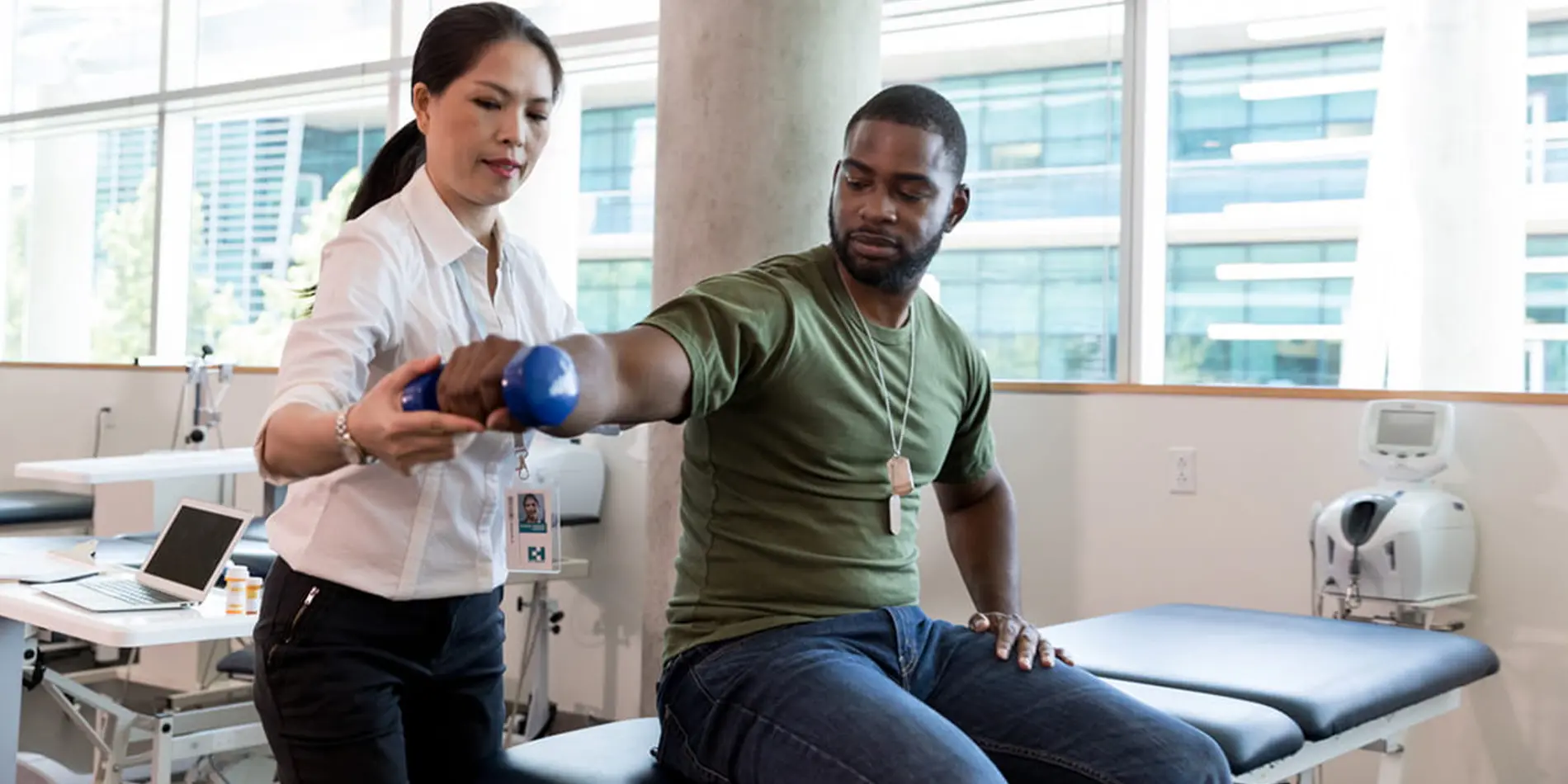Learning Frequent Athletic Injuries as well as Effective Recovery Plans for Sports Players
Learning Frequent Athletic Injuries as well as Effective Recovery Plans for Sports Players
Blog Article
Athletic injuries are common among sportspeople of every ages and proficiency levels. These traumas can occur in various forms, including sprains, strains, fractures, and tendon inflammation. Comprehending the types of injuries that can happen during sports events is crucial for both avoiding and care. Sprains, for example, involve the overextending or rupturing of connective tissues, which connect bones at a joint. Muscle injuries, on the contrary hand, affect muscles or tendons, which connect muscle tissues to skeletal structures. Recognizing these injuries early can assist sportspeople seek suitable care and come back to their sport more rapidly.
One of the frequently commonly observed injuries in athletics is the foot ligament injury. This injury often happens when an athlete touches down ungracefully or twists their ankle during a game. Symptoms of an ankle sprain include pain, inflammation, and difficulty walking. Prompt treatment typically includes the R.I.C.E. method, which stands for Recovery, Ice, Wrapping, and Elevation. This method helps reduce inflammation and pain. In severe severe situations, rehabilitative therapy may be required to restore power and flexibility to the ankle before returning to athletics.
Another common trauma is a muscle injury, which can happen in all sport that demands sudden actions or heavy weight-bearing. Athletes may suffer a muscle injury when they stretch a muscular tissue too far or when they apply too much effort. Symptoms include acute pain, swelling, and muscular spasms. Recovery for muscle injuries often includes gentle stretching and strengthening exercises. Slowly increasing exercise levels is crucial to avoid re-injury. Sportspeople should collaborate closely with a rehabilitative therapist to create a secure and effective rehabilitation strategy.
Tendonitis is another trauma that can impact sportspeople, particularly those who engage in repetitive motions, such as runners or swimmers. This issue happens when a tendon structure, which connects muscle to bone, gets inflamed. Frequent locations affected by tendonitis include the elbow, shoulder, and leg. Signs often include discomfort and stiffness, especially during movement. Treatment for tendon inflammation usually involves rest, cooling, and pain-relief drugs. In some cases, physical treatment may be recommended to improve flexibility and power in the injured region.
Preventing sports injuries is just as important as treating physical therapy exercises them. Athletes can minimize their chance of trauma by warming up properly before events, using the appropriate equipment, and maintaining good physical shape. Power training and flexibility exercises can assist ready the body for the requirements of athletics. Additionally, sportspeople should pay attention to their physical condition and take breaks when necessary. By comprehending common sports traumas and applying effective rehabilitation strategies, sportspeople can remain healthy and participate in their beloved sports for years to come.